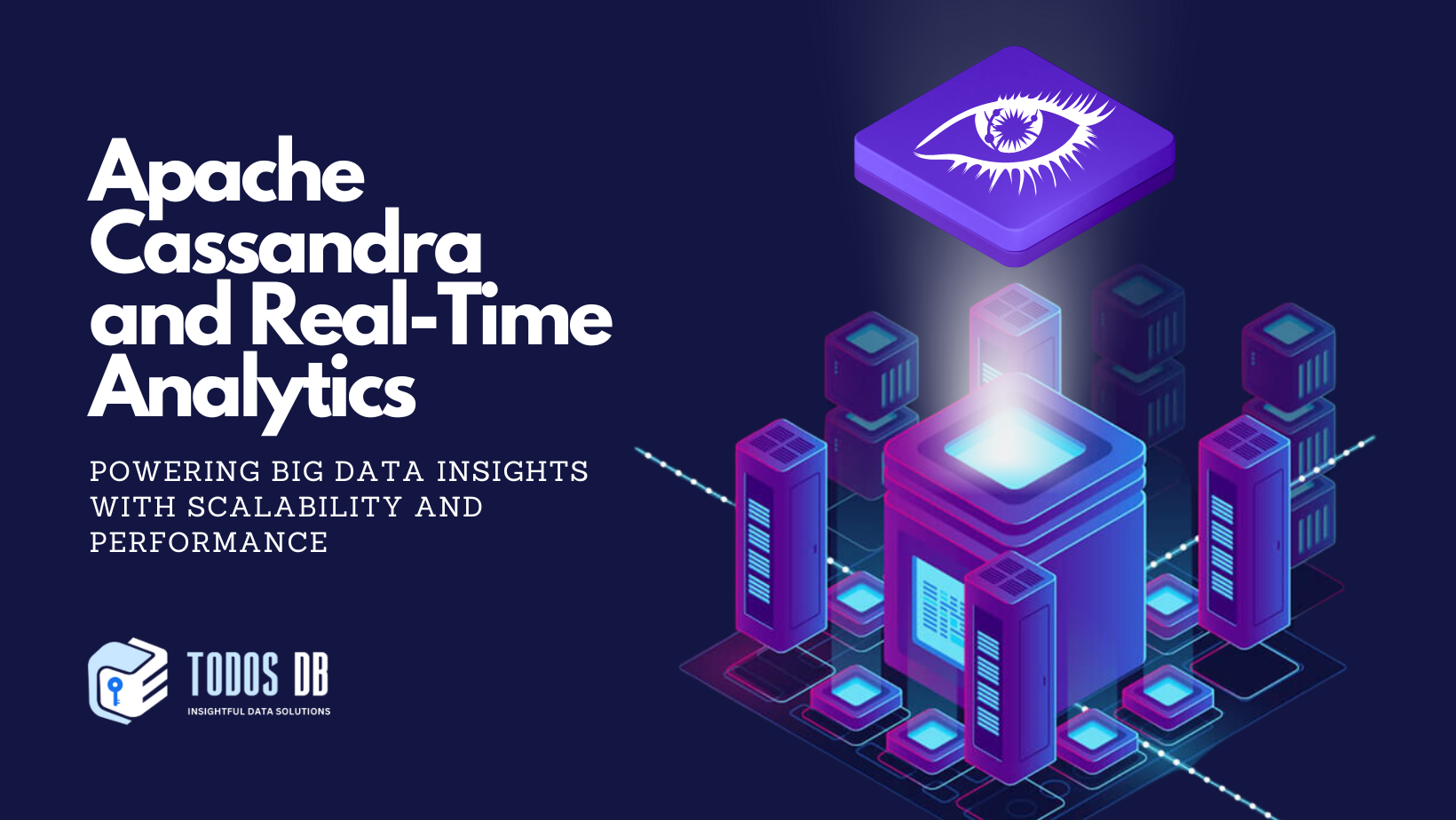
This article delves into the intricacies of deploying MySQL databases on Amazon Web Services (AWS), specifically evaluating the two primary managed service offerings: Amazon Relational Database Service (RDS) for MySQL and Amazon Aurora MySQL. By dissecting their architectural underpinnings, performance characteristics, and suitability for various use cases, this analysis empowers database administrators and application developers to make informed decisions when selecting the optimal solution for their MySQL deployments on AWS.
Introduction:
MySQL, the ubiquitous open-source RDBMS, continues to be a cornerstone for powering a vast array of applications. When venturing into the cloud landscape of AWS, organizations encounter two primary options for managing their MySQL databases: RDS for MySQL and Aurora MySQL. While both services provide managed solutions, their underlying architectural approaches, performance capabilities, and ideal use cases diverge significantly. This in-depth exploration equips readers with the technical knowledge to make an informed decision when selecting the best fit for their MySQL deployment on the AWS platform.
Analysis of RDS for MySQL:
Architectural Design:
RDS for MySQL leverages a well-established architecture, provisioning single-instance MySQL databases on virtual machines (VMs) launched within EC2 instances. This approach offers familiarity and manageability advantages, particularly for seasoned AWS users.
Key Features and Advantages:
- Simplified Management: RDS alleviates the burden of database administration by handling provisioning, patching, backups, and failover, allowing administrators to focus on core application logic.
- Scalability: RDS offers horizontal scaling through adjustable storage capacity and instance types based on workload demands. Selecting from various instance classes with specific CPU, memory, and storage combinations allows for tailored resource allocation.
- High Availability (Optional): For enhanced redundancy, RDS offers Multi-AZ deployments. This involves synchronous replication of the database across Availability Zones (AZs) within a region, providing a safety net in case of hardware failures within a specific zone. However, enabling Multi-AZ adds complexity and incurs additional costs.
Technical Considerations:
- Performance: While RDS offers decent performance for moderate workloads, it can become a bottleneck for performance-critical applications. The VM layer introduces I/O overhead, potentially limiting scalability for high-throughput scenarios.
- Scalability Limitations: Scaling compute resources in RDS requires manual intervention. Provisioning new instances, migrating data, and potentially experiencing downtime during the scaling process are limitations to consider.
- Limited Storage Options: Storage capacity in RDS is tightly coupled with the chosen instance type. Scaling storage often necessitates scaling compute as well, which might not always be optimal for resource utilization.
Analysis of Aurora MySQL:

Architectural Design:
Aurora MySQL emerges as a game-changer, specifically designed for the cloud. It boasts a distributed storage architecture that separates compute and storage, offering significant advantages over RDS:
- High Performance: Aurora’s distributed architecture eliminates the I/O bottleneck inherent in VM-based deployments. This translates to significantly higher performance – up to 5x faster than RDS for MySQL. For applications requiring lightning-fast response times, Aurora is the champion.
- Seamless Scaling: Scaling becomes effortless with Aurora. It employs horizontal scaling for both storage and compute resources. You can independently scale storage capacity or add compute nodes (replicas) without downtime or performance impact.
- Built-in High Availability and Fault Tolerance: Peace of mind comes standard with Aurora. It provides automatic, six-way replication across Availability Zones, ensuring exceptional fault tolerance. Even in the event of an AZ outage, your database remains accessible and operational. Additionally, Aurora leverages cluster-level replication for automatic failover, minimizing downtime in case of instance failures.
Technical Deep Dive:
- Distributed Storage: Aurora separates storage from compute, utilizing a horizontally scalable storage layer built on Amazon S3. This allows for independent scaling of storage capacity without impacting compute performance.
- Cluster Architecture: Aurora employs a cluster architecture with multiple replicas spread across Availability Zones. This ensures high availability and fault tolerance. Writes are committed synchronously to a majority of replicas, ensuring data consistency.
- Engineered for Performance: Aurora leverages a custom storage engine optimized for performance and scalability. This engine delivers significantly faster I/O operations compared to the traditional InnoDB engine used in RDS.
Selection Criteria and Ideal Use Cases:

The choice between RDS for MySQL and Aurora depends on your specific requirements. Here’s a breakdown to guide your decision:
Ideal Use Cases for RDS for MySQL:
- Cost-sensitive applications with moderate performance needs.
- Existing deployments leveraging RDS and VM-based infrastructure where familiarity is a plus.
- Applications with predictable workloads that don’t require frequent scaling.
Ideal Use Cases for Aurora MySQL:
- High-performance applications requiring fast response times and low latency.
- Scalable deployments with fluctuating workloads.
- Mission-critical applications demanding maximum availability and fault tolerance.
- Applications leveraging geographically dispersed deployments with global read replicas.

Beyond Use Cases:
While use cases provide a good starting point, consider these additional factors when making your selection:
- Complexity of Management: Aurora’s distributed architecture might require a steeper learning curve compared to the familiar VM-based management of RDS. However, the trade-off is often justified by the significant performance gains and automated scaling capabilities.
- Security: Both RDS and Aurora offer robust security features, including encryption at rest and in transit. However, Aurora offers additional security benefits with storage encryption options, which might be crucial for highly sensitive data deployments.
- Database Ecosystem Integration: If your application relies on specific MySQL plugins or requires non-InnoDB storage engines like MyISAM, RDS might be the only option as Aurora currently only supports InnoDB. However, the Aurora MySQL team is continuously working on expanding compatibility.
Conclusion:
By understanding the architectural nuances, performance characteristics, and ideal use cases of both RDS for MySQL and Aurora MySQL, database administrators and application developers can make informed decisions when selecting the optimal solution for their MySQL deployments on AWS. For cost-sensitive applications with moderate workloads and a preference for familiar VM-based management, RDS can be a suitable choice. However, for high-performance applications demanding scalability, fault tolerance, and cutting-edge features, Aurora MySQL emerges as the clear winner. Its distributed architecture, exceptional performance, and seamless scaling capabilities empower you to build robust, mission-critical MySQL deployments on the AWS platform.
